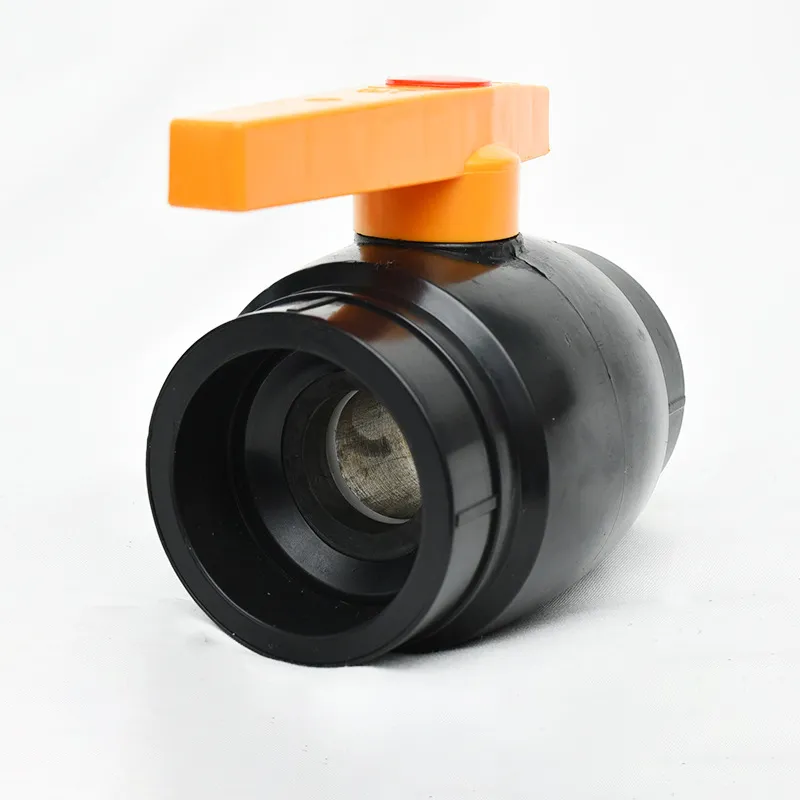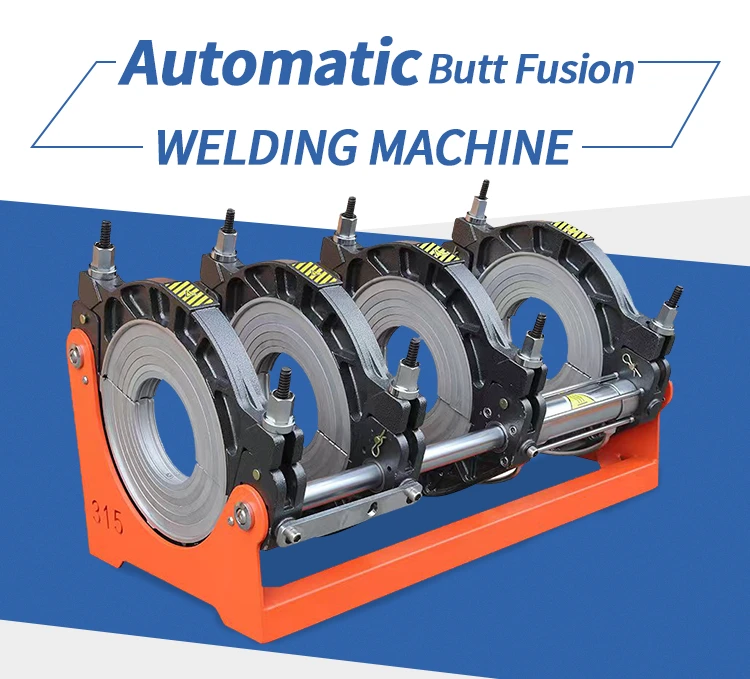What is a butt fusion valve?
Butt fusion valves are simply valves that are installed at the end of the supply piping. They are designed to be connected to an inside faucet connection and then be connected to a water line. Since the pipe enters from the opposite end, a butt fusion valve looks like an upside-down “Y”. This design makes it very easy to connect and disconnect the valve without having to access the valve itself. Butt fusion valves are most often found in residential applications, such as apartment buildings and condos. They are also used in commercial applications where the piping is under a building’s exterior walls.

What plumbing needs butt fusion valves?
Butt fusion valves are used to control the flow of water. The most common scenario is in a residential setting where there is a kitchen or bath with a sink, and then a separate water line that runs to a water-heating or water-cooling appliance. Butt fusion valves are also used in commercial environments where there is an outside faucet near an inside plumbing valve. Butt fusion valves are especially useful for commercial buildings with exterior walls or for offices with an inside faucet and a separate water line coming in from an outside wall.
 What types of butt fusion valves are there?
What types of butt fusion valves are there?
- Spool valves - The spool valve is the standard type of butt fusion valve. It features a spool that holds a length of pipe and a ball that sits in the spool. The spool rotates and the ball comes out and then the spool rotates to put the ball back in the spool. This makes it easy to attach the valve to a water supply pipe. A typical spool valve comes with either a supply hose or a supply line with a female connector. - Mini spool valves - The mini spool valve is a scaled-down version of the standard spool valve. The valve has the same rotating spool and ball design, but the spool is smaller than a standard spool. This makes it easier to install because you don’t have to worry about hitting the inside of a pipe with the larger spool. - In-line valves - In-line valves allow you to join multiple lines together. This can be useful for creating one all-purpose line for your house or business. If a certain appliance, like a water heater, takes all the water from your supply line, you can put an in-line valve in the piping so that the entire line is dedicated to that water source. - Barbed connectors - Barbed connectors are used to join the supply line to the valve. A barbed connector has a built-in valve seat to accept a valve ball. - Threaded connectors - Threaded connectors have a female thread at one end and a male thread at the other. This design is most commonly used for connecting a fluid supply line to a water-heating device or a water-cooling device. - FPT connector - The FPT connector is a threaded connection that has a female thread at one end and a male thread at the other. This is usually used for joining the supply line to the water valve.
Installation of Butt Fusion Valves
The installation of a butt fusion valve is simple and straightforward. If you have plumbing tools or know how to read a how-to guide, you can install a butt fusion valve quickly and easily. If you’re looking for a DIY project to do on your own, this is a very manageable task. You can typically complete the installation of a butt fusion valve with a wrench, a socket wrench set, and a pair of pliers. The basic procedure for installing a butt fusion valve is to turn off the water at the city water valve, turn on the water at the butt fusion valve, and then connect the mains. Next, attach the supply line to the valve, and then attach the discharge line to the faucet. The most complicated part of the butt fusion valve installation is connecting the discharge line to the faucet.
The Bottom Line
Butt fusion valves are very simple valves to install, even for someone who’s never done plumbing before. You also don’t need a special license to install them, so they’re a great choice for someone who simply wants to do a quick-and-easy renovation or repair job on their own. Butt fusion valves are a great choice for residential and commercial applications where there is an inside water line coming from the building and then a water line going to another building. They are also a good choice for commercial buildings with exterior walls where a standard outside valve is too expensive or impractical.






659.webp)
328.webp)



210.webp)


